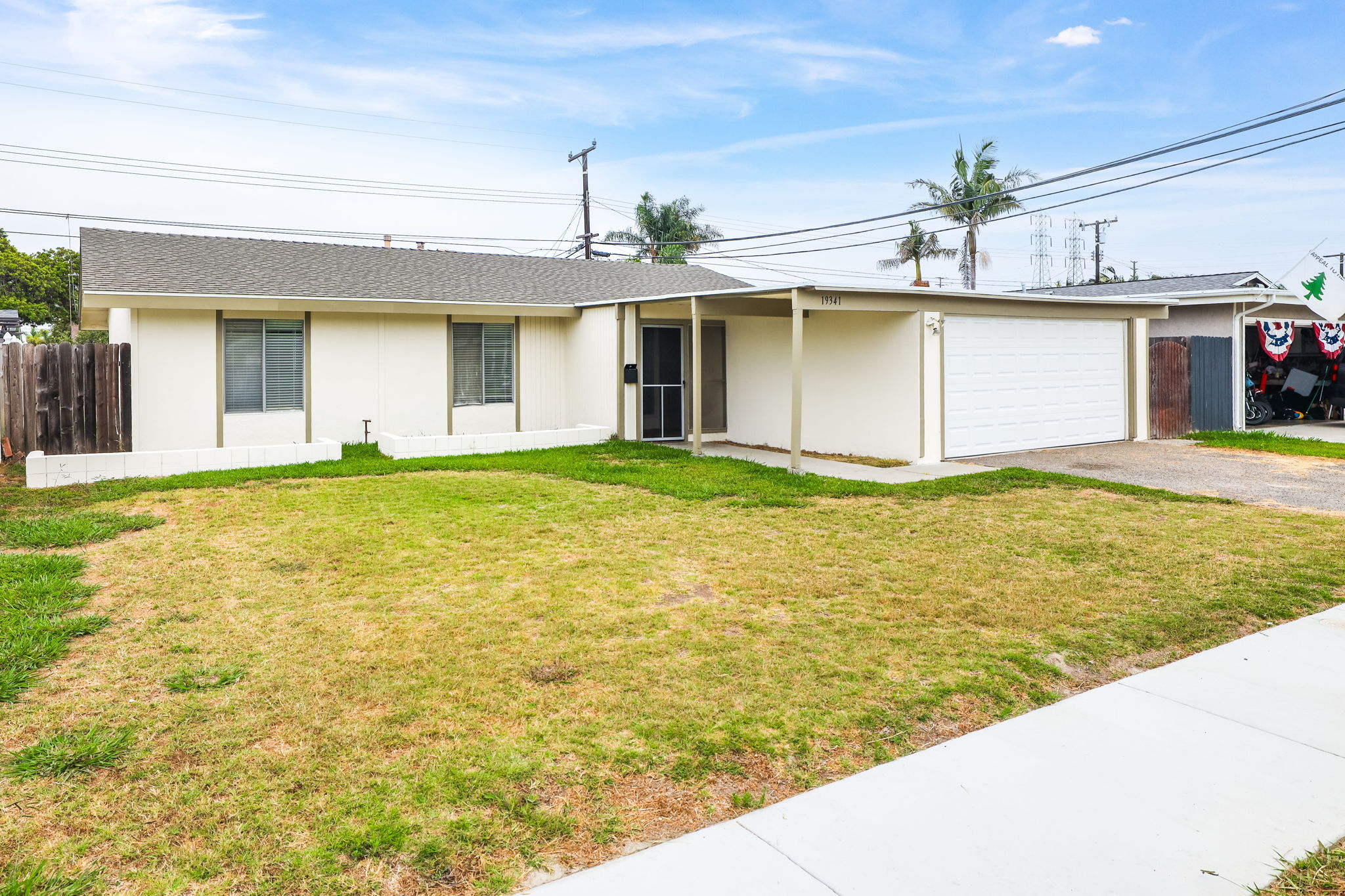Occupancy Limits for Rental Housing — A Practical Guide for Huntington Beach Landlords
As a Huntington Beach landlord, setting and enforcing occupancy limits is part safety, part legal compliance, and part good property management. Below is a clear breakdown that explains what’s commonly allowed, what’s enforceable, and how to protect your property and stay out of legal trouble.
Quick summary
For short-term rentals in Huntington Beach the city’s STR rules use two persons per bedroom plus two additional guests, with a maximum occupancy cap (commonly 10 for STRs). eCode360Huntington Beach, CA
For long-term rentals there’s no single California statute that mandates a numeric limit; landlords commonly use the “2-per-bedroom + 1” rule or base limits on bedroom size/square footage — but you must apply rules without discriminating against families or protected classes. HUDCivil Rights Department
1) What are the rules in Huntington Beach?
If you rent out a unit on a short-term basis, Huntington Beach’s STR chapter says occupancy is calculated as two persons per bedroom plus two additional guests, with specific maximums and other STR requirements (local contact person, permit rules, etc.). This is explicit in the city code and STR materials; follow the city’s STR permit and occupancy rules to avoid fines. eCode360Huntington Beach, CA
For standard (long-term) rentals, Huntington Beach does not publish a single “citywide cap” for permanent occupancy beyond building and health & safety codes — so landlords rely on statewide and federal guidance plus unit configuration to set reasonable limits. (See sections below.) Huntington Beach, CAHUD
2) Federal & state guidance landlords should know
HUD’s guidance and case law emphasize that occupancy policies must not discriminate against families with children (familial status) or other protected classes. HUD uses occupancy standards as a guide (commonly two persons per bedroom) but warns landlords to be flexible — bedroom size, unit layout, and local housing codes matter. California state fair housing rules echo that discriminatory occupancy rules can violate fair housing laws. HUDCivil Rights Department
California agencies and housing documents also reference square-footage standards (e.g., minimum room sizes and additional space required per extra occupant) when analyzing “reasonable” occupancy, so consider bedroom dimensions when writing your policy. California HCDJustAnswer
3) Common practical standard: “2-per-bedroom + 1”
Many California landlords use the “2 persons per bedroom, plus one” (2+1) rule for long-term rentals — for example, a two-bedroom unit = 5 occupants. This is widely accepted as a reasonable starting point because it balances habitability concerns and fair housing, but it’s not ironclad: courts and agencies will examine whether the rule has a discriminatory effect or ignores unit size. Document why you chose the limit (bed sizes, safety, egress, wear & tear). Welcome to Genuine Property ManagementRentPrep
4) Reasonable accommodations and the law
If a prospective or current tenant requests a larger occupancy due to family size or a disability (e.g., adopted child, live-in aide), you must consider a reasonable accommodation under federal and California law. Automatically denying occupancy increases to families or people with disabilities risks a discrimination claim. Have a process to evaluate accommodation requests, request medical documentation only when appropriate, and consult legal counsel for unusual situations. Civil Rights DepartmentCalifornia HCD
5) How to set defensible occupancy limits — best practices
Base it on unit configuration: measure bedroom square footage and follow minimum habitable room sizes in the building code. Document your calculations.
Write clear lease language: state the occupancy limit, define “bedroom,” and include consequences for violations (fees, cure periods, termination). Keep language neutral and factual.
Apply rules uniformly: treat all applicants and tenants the same to avoid claims of discriminatory enforcement.
Allow for reasonable accommodation requests: have a written process to evaluate them. Civil Rights Department
Check HOA or condo rules: associations sometimes have their own occupancy rules — those can be enforceable in addition to your lease. Find HOA Law
6) Enforcement — do it carefully
When enforcing occupancy limits, proceed carefully:
Send written notices per your lease and California landlord-tenant law.
Document violations (photos, witness statements) and keep records of communications.
Avoid targeting families or specific protected groups — enforcement must be neutral.
If a tenant refuses to comply, follow the lawful eviction process; don’t take self-help measures. When in doubt, get local landlord-tenant counsel.
7) Special note for short-term rental hosts in Huntington Beach
STR operators must follow Huntington Beach’s STR ordinance: obtain required permits, follow occupancy rules (2 per bedroom + 2), maintain a local contact, and adhere to maximum guest limits and nuisance rules. STR noncompliance can lead to permit revocation and fines. If you list a property as an STR, read the city’s STR page and code carefully. Huntington Beach, CARevize CMS
Bottom line
There’s no one-size-fits-all magic number — but Huntington Beach landlords who combine sensible, documented occupancy standards (bedroom size + the common 2-per-bedroom rule), neutral lease terms, and a fair accommodation process will reduce legal risk and keep tenants safe and comfortable. When in doubt about a complex case — especially one that may trigger a fair-housing issue — consult a California landlord-tenant attorney.


